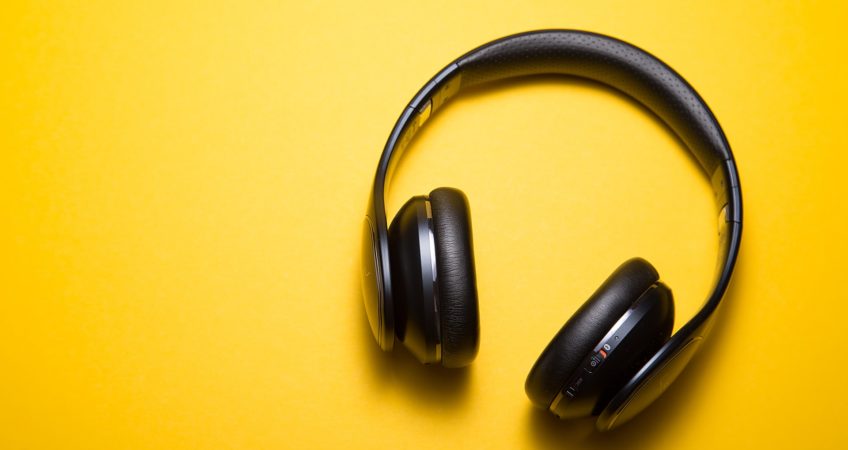Sound is energy, and simply put, sound is what happens when a vibration moves through air, water, or another medium. Noise, on the other hand, is sound that people don’t like for one reason or another. While music might be considered a beautiful sound to one person, it might be considered noise by another.
Noise is an ongoing problem, especially in regards to noise caused by industrial applications. Depending on jurisdiction, local, state, and federal laws, and other factors, industrial noise must be kept within certain standards. To better understand how noise affects the public, one must understand noise itself—how it is measured, how we hear, and other factors.
dB(A), dB(B), and dB(C)
Noise can be measured by three different standards: dB(A), dB(B), and dB(C). It’s important to
understand these three measurements because of the way the human ear interprets sound.
dB(A) is the most often used measurement because it corresponds most closely to how we hear
sound for most levels of sound.
When you go above a certain threshold, dB(B) is then used as this is a more accurate
measurement of how we hear sound at a higher level. dB(C) is rarely used because it only
measures very, very loud sounds, like the sound of a shotgun at close range or a rocket taking off.

